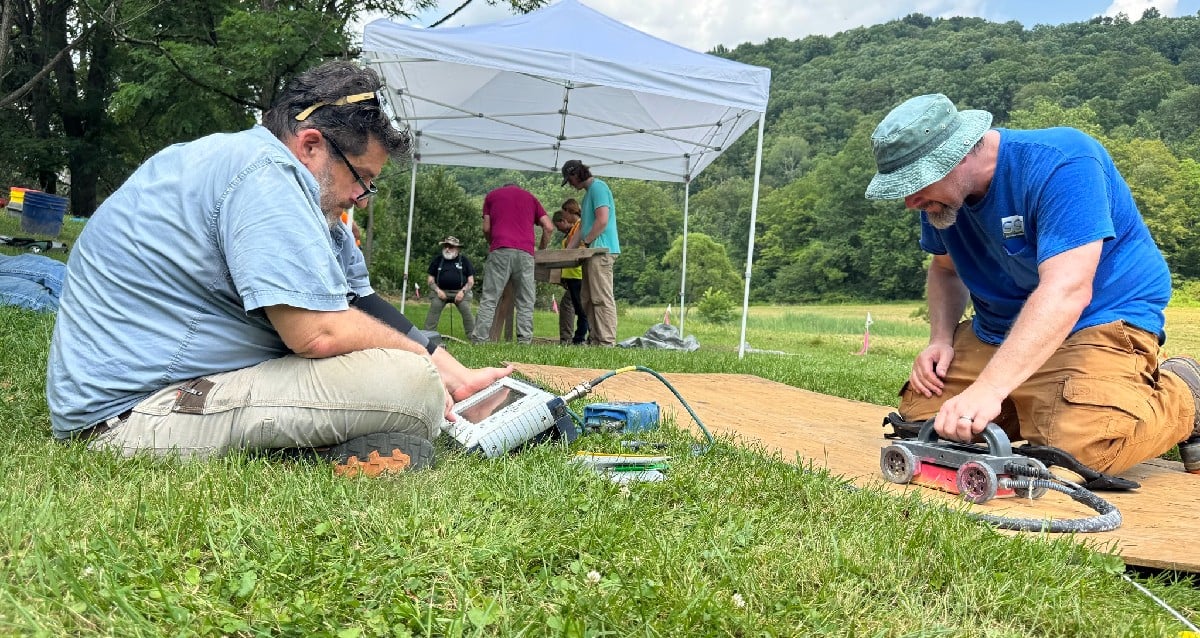Hidden 500-Year-Old Relics Unearthed by Two Adventurous Spelunkers in Remote Mexican Cave—What Secrets Do They Hold?

Guillermina Valente/National Institute of Anthropology and HistoryThe phallic nature of the stalagmites in the cave suggest that the area may have once been used to conduct fertility rituals.
There were 14 objects recovered from the cave in all: three bracelets, possibly made from conch shells, a fragment of a bracelet made from a mollusk shell, a sea snail shell with perforations and decorations, a piece of carbonized wood, two complete stone discs, similar to pyrite (“fool’s gold”) mirrors, and six more fragments of discs, as well as sediment samples.
Iconography on the three bracelets seems to show the “representation of beads” as well as a symbol known as “xonecuilli.” In the Nahuatl language, this means “crooked foot,” and is associated with the planet Venus. Another figure on the bracelets appears to be Quetzalcoatl or Tlahuizcalpantecuhtli, deities associated with the “morning star” and seashells.

Miguel Pérez/National Institute of Anthropology and HistoryThe “s-shaped” symbol on one of the bracelets, which means “crooked foot” in the Nahuatl language and is associated with the planet Venus.
These motifs are similar to what’s been found at other archaeological sites in the area. Archaeologists believe that these new discoveries likely date back to between 950 and 1521 C.E., and that they’re probably linked to the Tlacotepehua people that once inhabited the region. Some 500 years ago, archaeologists suspect that the Tlacotepehua used the cave, its phallic stalagmites, and these objects to conduct some kind of fertility ritual.













